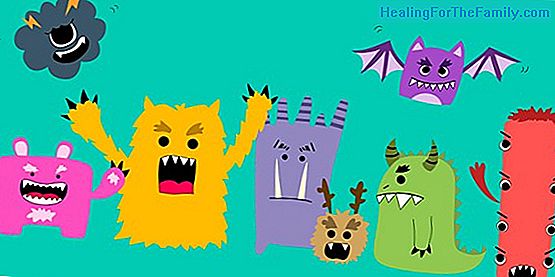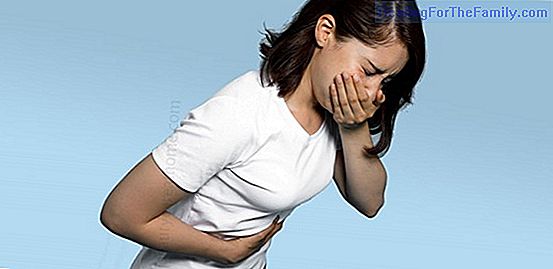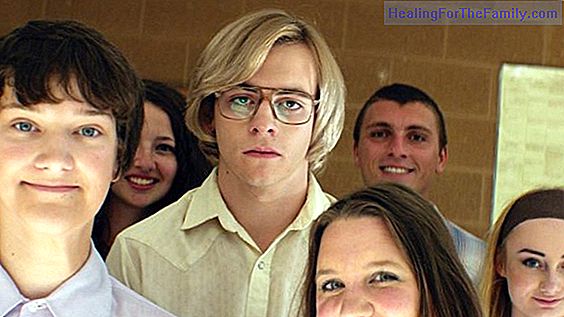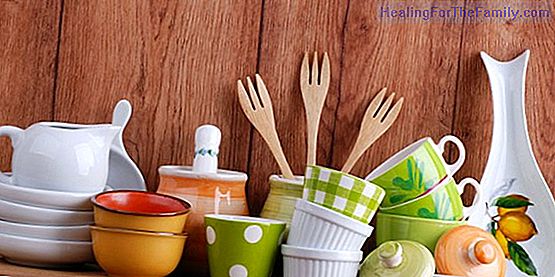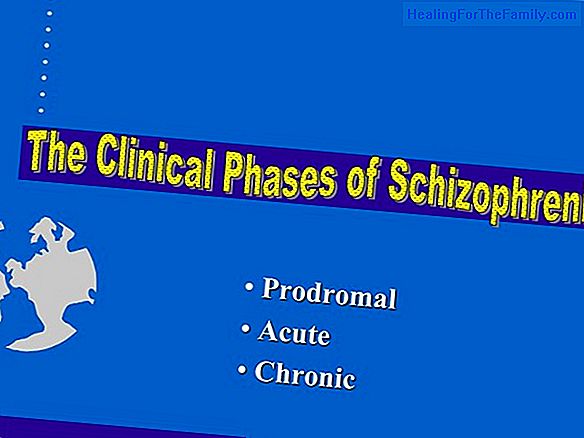How food preservatives and food coloring affect children
The current aversion to the addition of dyes and artificial preservatives to food is increasing day by day. The question one may ask is, what harm can these additives cause our children? Are they a health hazard? Let's see some examples. 4 artificial ingredients in children's diet 1. Sweeteners: Fir
The current aversion to the addition of dyes and artificial preservatives to food is increasing day by day. The question one may ask is, what harm can these additives cause our children? Are they a health hazard? Let's see some examples.
4 artificial ingredients in children's diet

1. Sweeteners: First, artificial sweeteners such as saccharin, aspartame or acesulfame-k, are used as sugar substitutes because they sweeten without adding extra calories. For years its toxicity has been studied, especially its effects in childhood, without reliable results. Although several studies have linked aspartame to the appearance of cancerous brain lesions in laboratory animals, the conclusions are not significant. Add natural sweeteners, such as cane sugar in small quantities, dried fruits such as raisins or dates, or honey or molasses can be an option if you want to avoid using these artificial sweeteners.
2. Dyes: Artificial dyes do not cease to be a merely aesthetic additive. As adults, we can eat a strawberry yogurt whose color is not red or pink without major problem, but a child expects color and flavor to go hand in hand, hence the use of artificial colors. However, in addition to not being necessary, in this group you can find some additives not too recommendable. For example, tartrazine (E102), is widely associated with headaches, hyperactivity and insomnia in children, so in some countries in Europe such as Austria and Norway are banned in children under 3 years.
3. Flavor Enhancer: Glutamate, for example, is a flavor enhancer that can be found naturally in foods. Its artificial version, monosodium glutamate, is not recommended in children under 3 years old in some countries, although no reliable data have been found that relate this additive to health problems. This additive is widely used in potato chips and other salty snacks and is traditionally related to the typical taste of Chinese food. This type of salty snacks are not recommended for health, should be avoided especially in early childhood as, in addition to a tremendous excess of salt, also provide unhealthy fats, regardless of the presence of glutamate. Conserva 4. Preservatives:
Sodium benzoate is a preservative used in foods with an acidic pH such as preserves, juices, sauces or carbonated beverages. Some studies relate it to hyperactivity and have even shown its ability to react with vitamin C present in the environment generating potentially carcinogenic compounds. Although larger studies seem to be necessary before drawing definitive conclusions, this preservative is easily avoidable. In general, numerous studies have linked the consumption of artificial additives with an increase in childhood hyperactivity or with a worsening in asthmatic children or with eczema and in other allergic symptoms or with cancer in laboratory animals. However, the world health organization, the world's leading health agency
does not find these results conclusive, so that its consumption is considered safe within the recommended limits. Despite this recommendation, it should be emphasized that the consumption of minimally processed or natural foods is always safer and more favorable than those processed artificially.


